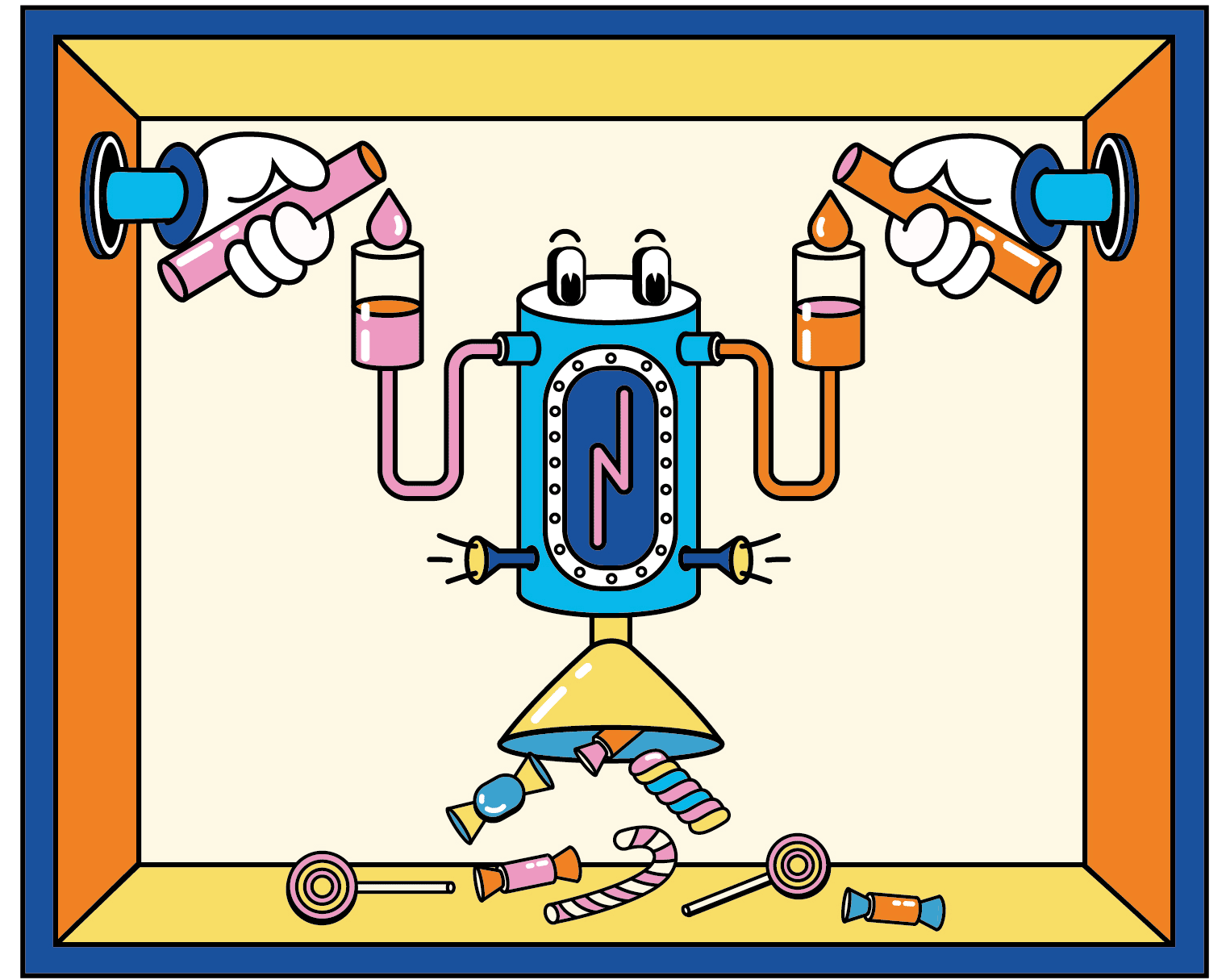What to do with your data
So now you know about all of these different metrics and what they mean, what are some ways that you can use them?

Metrics are pretty versatile and depending on your needs, there are a few different things that they can be applied towards and helpful:
- Making a convincing argument for your executive team. If you aren’t on the executive team but need to ask for something like more headcount for your team, or additional tooling, using metrics can help show your point, rather than just tell it. For example, you could say “I want to drop our first contact to below one hour. To do that, I need more people in different time zones.”
- Improve your service. In many of these metrics, we mentioned ways that you could use them to know if there were holes in your service that may be making customers unhappy. Use those metrics in your own ecosystem and see if they uncover anything for you as well. For example, if you notice, when looking at your core user actions, that many people are missing one specific action, you could create a webinar, training, or better user onboarding for that user action. This would boost your customer experience and their loyalty.
- Make changes. Paying attention to trends and metrics within your company can allow your product team to know where they might be falling short. Having a hold on what’s happening can give people a head start towards making customers even happier with the product.
- Showcase it to customers. If someone has something fancy, they usually want to show it off. People don’t buy beautiful cars and then leave them in a garage and never drive them. The same can be said for excellent customer metrics. If you have something that you’re particularly proud of, you can show it on your marketing website. Customers are drawn to companies that seem stable or responsive, so any metrics that show that off, in particular, would be good.
Combining metrics
Sometimes it can be most useful to combine metrics, rather than looking at them in a vacuum. For example, combining CSAT with first response time can be a very powerful exercise for your support team. If your CSAT drops as your response time rises, it tells you that at least one of the potential causes of the drop may be your slow response. If your CSAT drops as your response rate also drops, it may surprise you, especially in correlation with the slow response reaction earlier.
But through this, you may discover that even though your response times are dropping, the quality in your responses are dropping with them as your agents try to keep up with demand. This would tell you that you needed to potentially hire more employees to cover the number of tickets that you had coming in.
Once you did that, you may find that your CSAT was rising and your response rate was dropping, as your team members had the bandwidth to respond quickly and with quality. That is the expected outcome and demonstrates the value of comparing two separate metrics. You solved the problem that you wouldn’t have been able to with just one or the other.
Some other great metrics to view together are:
- CSAT and NPS
- Contact frequency and CSAT
- Visit frequency and CSAT
- CSAT and agent metrics
- FCR and CSAT
- Churn and NPS
- Wait time and CSAT
